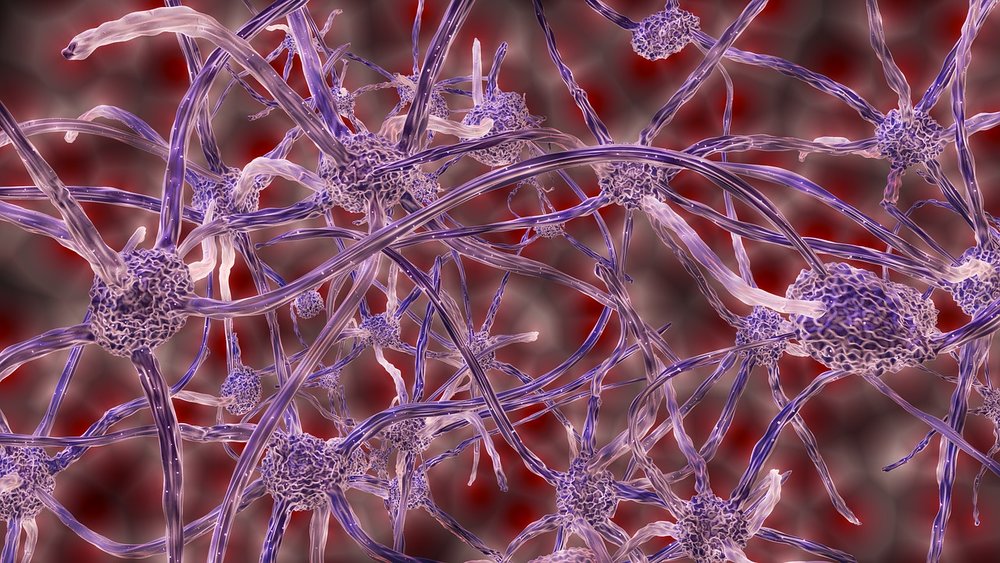Engineers from University of California have designed wireless sensors as small as a grain of sand which can be implanted in the body and are able to provide nerve, muscle and organ signals in real-time. They use ultrasound to power the sensors and read out their measurements.
This so called neural dust could one day help quadriplegics move prosthetics, stimulate nerves to suppress appetite or control bladder function, check the health of an organ, or even treat conditions like epilepsy.
In our Splice Summer Edition, we are featuring the video “New “Neural Dust” sensor could be implanted in the body” where engineers from the University of California, Berkeley show how these micro implants can monitor specific bodily activity. Enjoy!
By Katarina Kovac, PhD, BioSistemika LLC
Sources:
New Dust-Sized Implants May be the Key To Monitoring Your Internal Health
Wireless Recording in the Peripheral Nervous System with Ultrasonic Neural Dust









